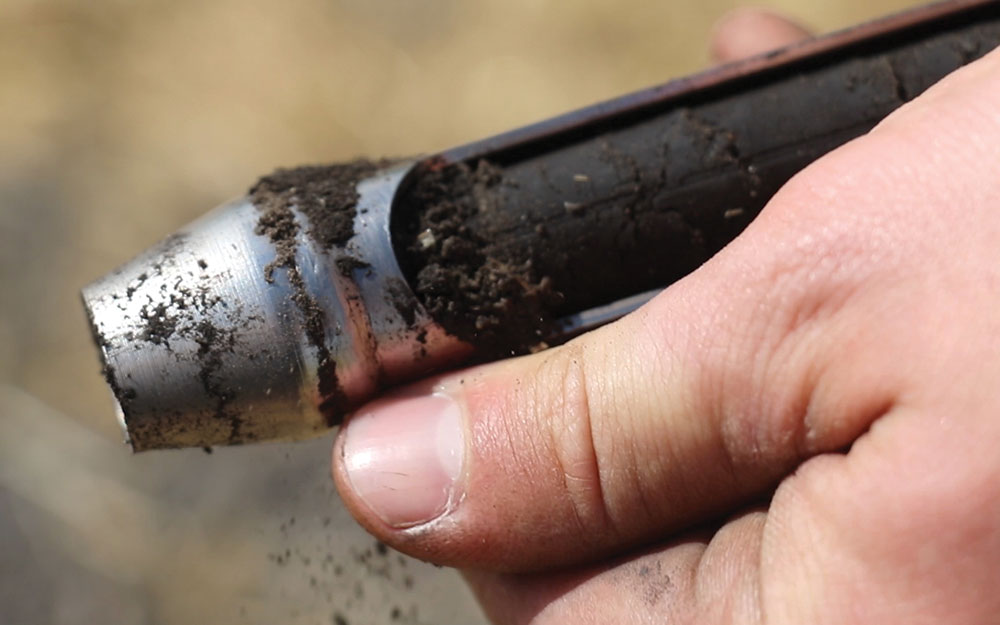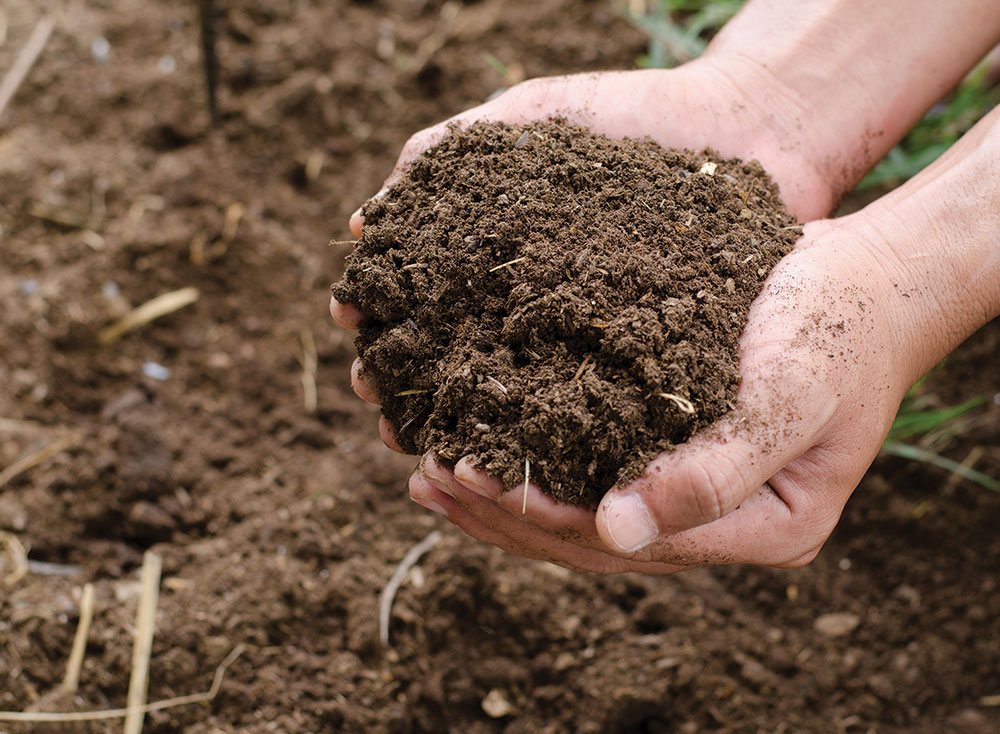Take 4R to the Next Level
The canola industry has a goal to see 4R Nutrient Stewardship practices used on 90 per cent of canola acres by 2025. Farmers following 4R use the right source of fertilizer at the right rate, right time and right place to get more from each tonne of fertilizer. This nutrient use efficiency improves economics and reduces nutrient loss to the air and water.
By applying fertilizer at the time of seeding, Chantal Bauche doesn’t see an economic reason to use enhanced efficiency fertilizer products. For more on EEFs, read “When do enhanced efficiency fertilizers make sense?” at canoladigest.ca.
Many farmers follow 4R practices – perhaps unknowingly – because of the inherent benefits associated with proper nutrient management. This case study describes the 4R practices for one Saskatchewan farmer who knowingly follows 4R. At the end, CCC agronomy specialists comment on this farmer’s practices and how all farmers can take 4R to the next level.
Name: Chantal Bauche
Location: Redvers and Radville, Saskatchewan
Chantal Bauche is an active part of two farms in Saskatchewan – she helps on her family farm at Redvers and with her partner and his family at Radville. Bauche is also a senior precision agronomist with Croptimistic. For 2023, the Redvers farm will take a major step forward in its 4R practices, moving to zone-based soil sampling and variable rate (VR) fertilizer application. Bauche soil tests some fields every year, but she ramped up soil testing this fall to prepare for their first VR fertilizer application next spring.
Bauche will use Croptimistic SWAT maps for each field, which are based on soil properties, water modelling and topography. It divides fields into 10 zones, from eroded knolls with low organic matter (zone 1) to depressions with high organic matter, high nutrient content and high salinity (zone 10). Both of these areas can result in lower yields but for completely different reasons, which is why fertilizer rates for each zone should not be the same. Cropimistic combines zones 1 and 2, 3 and 4, and so on, to create five soil sampling management zones for each field.
This fall, Bauche will capture 0-8” samples from five zones in each field. Each sample will be a composite based on numerous sample sites from each zone that get GPS located and returned to each year afterwards. Cost for analysis of the five samples will be $150 to $250 per field. This doesn’t include the sampling service for farms that don’t collect their own samples.
“The benefit is huge,” Bauche says.
Saline areas often have higher nutrient carryover and moisture, but salinity keeps a lid on yield. These areas don’t need much, if any, fertilizer. Hilltops will need some fertilizer to support yield, and possibly higher rates of sulphur, because these areas have low organic matter and lower nutrient reserves, generally.
Annual soil tests also indicate year-to-year fluctuations in soil nutrient reserves. “After the drought of 2021, soil nutrient reserves were high for many of my Croptimistic clients, and we had a lot of fields where we didn’t recommend any fertilizer in 2022,” Bauche says. The same was not true for her family’s Redvers farm. “We had good yields in 2021,” she says, “and soil samples in the fall of 2021 showed that fertilizer was needed.”
To put VR prescription maps to use, the farm upgraded to a new Väderstad drill with four tanks and sectional VR control. They will use it for the first time in 2023. “Our old drill was our Achilles heel keeping us from adopting variable rate fertilizer application,” Bauche says. With four tanks, the new drill does not require any pre-blending of fertilizer. It has separate tanks for urea, phosphate, potash and seed. “Without pre-blending, it is much easier to tailor variable rates,” Bauche says. With sectional control, the drill can also adjust rates section by section across its width. “When crossing over two zones, the drill will compensate,” she says.
The drill, which applies nitrogen, phosphorus and potash (when required), into the ground at the time of seeding achieves three principles of 4R in one pass – right rate, right place and right time. For these reasons, Bauche doesn’t use enhanced efficiency products. The only fertilizer they apply in the fall is ammonium sulphate.

November can be a great time to soil test if soils are not frozen. Cool soils reduce the microbial activity that can mobilize nutrients, and soil samples collected after this activity slows down will more closely reflect spring nitrate (NO3–) contents. Read “The right time for soil sampling” at canolawatch.org
/fundamentals.

CCC analysis of this practice
What do we like about Bauche’s 4R Nutrient Management plan?
Jason Casselman, CCC agronomy specialist, Cleardale, Alberta: I like that Chantel Bauche is building a database of information for each of her fields. She can use that database not only for variable-rate fertility but also to map out and highlight areas like the saline patches for tile drainage.
Keith Gabert, CCC agronomy specialist, Innisfail, Alberta: By using zone mapping and management on her own family farm operations, Chantal Bauche builds on her ability to offer these services to her customers.
How can Bauche and other farmers use this case study to take 4R to the next level?
Casselman: Tile drainage on saline areas may fix a problem that continually affects yield. Those zones could become more productive than ever before, and make it possible for Bauche to farm fields with fewer management zones.
I encourage other farmers to dig a little deeper into some of the causes of variability on their land and evaluate long-term solutions to a problem that will improve profitability. For other growers who aren’t ready to trade in the drill to be able to do variable rate, look for other options. For example, farmers can use a sprayer with rate control to top-dress liquid fertilizer in season at variable rates.
Gabert: Growers tend to appreciate simplicity. A new drill with separate tanks for each nutrient sounds like a logistical challenge. To improve 4R, a farm might simply split some nitrogen out of the primary fertilizer blend to allow an additional top up of nitrogen on fields or zones were soil tests indicate it is required. While 10 zones managed as five is a really valuable level of precision, for growers that aren’t using VR yet, they can achieve significant improvement in nitrogen management across the farm by choosing which acres receive additional nitrogen, rather than a single blend.




